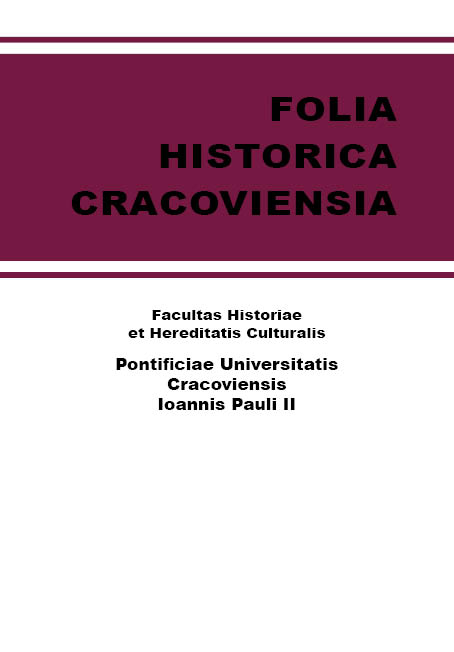The role of monastic embroidery workshops in the formation of the early modern Polish embroidery
The role of monastic embroidery workshops in the formation of the early modern Polish embroidery
Author(s): Karolina StanilewiczSubject(s): Christian Theology and Religion, Visual Arts, 16th Century, 17th Century, Sociology of Art, Sociology of Religion
Published by: Wydawnictwo Naukowe Uniwersytetu Papieskiego Jana Pawła II w Krakowie
Keywords: embroidery; monastic workshops; vestments;
Summary/Abstract: The article presents the state of research and the research problems concerning the early modern Polish embroidery and the role of the monastic workshops in its formation. Embroidery was one of the regular occupation in the female congregations. Nuns embroidered for their churches, as well as they took the orders from outside – from male congregations, the higher clergy and the secular customers. Their importance has increased in the 17th century, and in the 18th century nearly all convents dealt with this craft. The preserved embroideries reflect the general stylish trends prevailing in the handicrafts, but they are characterized by greater conservatism. Their level is very varied, from perfect works to very weak and inept ones. Nuns rarely prepared themselves patterns for embroideries, more often they used the services of craftsmen or they were repeating the proven solutions. They certainly used the embroidery pattern books. An important inspiration for them were also patterns of fabrics. While the floral motifs showed high proficiency, in less common figural presentations we often see much incompetence. Vestments decorated with the elaborate symbolic representations are distinguished among them. At this stage of research it seems that the monastic workshops have had a major impact on the prosperity of embroidery in the Republic of Poland and that along with the guilds they developed a certain style and taste. Preserved objects are waiting for being cataloged and for insightful research that let us connect more of them with definite workshops.
Journal: Folia Historica Cracoviensia
- Issue Year: 22/2016
- Issue No: 1
- Page Range: 467-482
- Page Count: 16
- Language: English

